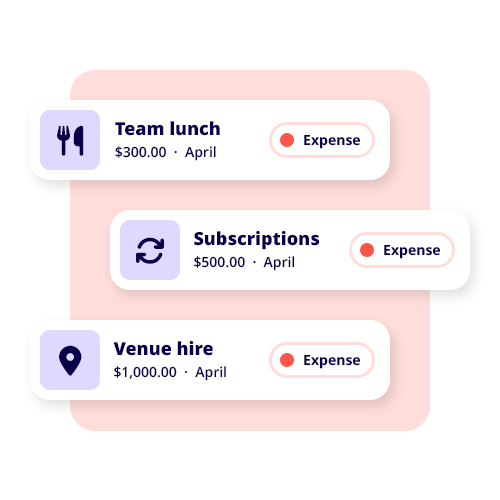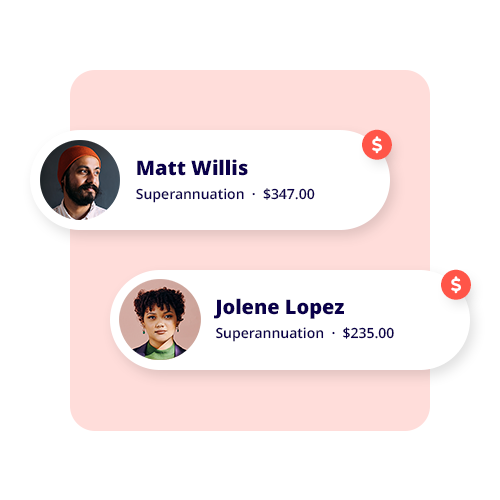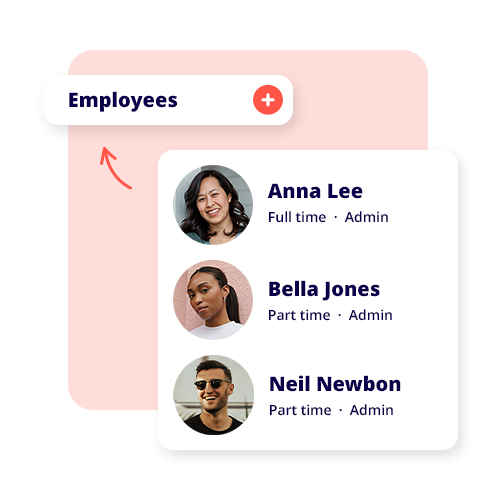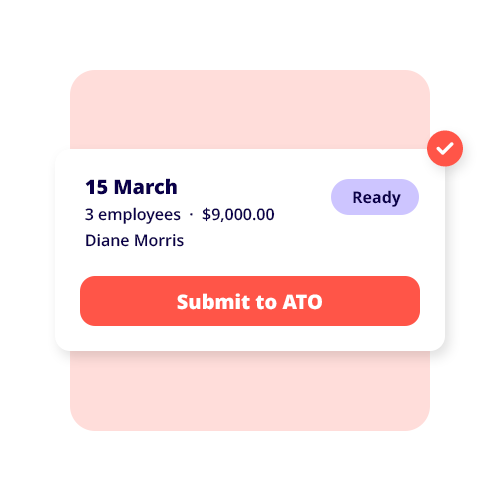TABLE OF CONTENTS
- Fringe benefit tax calculation process
- Step 1: Work out the taxable value of the fringe benefit/s
- Step 2: Add up the value of GST-inclusive fringe benefits
- Step 3: Multiply step 2 with type 1 gross-up rate
- Step 4: Add up the value of GST-free fringe benefits
- Step 5: Multiply step 4 by type 2 gross-up rate
- Step 6 Add GST and non-GST fringe benefits
- Step 7 Multiply final fringe benefits by the FBT rate
- Fringe benefits tax and your business
To calculate fringe benefits tax (FBT), you must use the grossed-up rate applicable and the maximum tax threshold of 45% plus the medicare levy of 2%. Here is the formula:
Benefit taxable amount x grossed up rate x 47%
Knowing your fringe benefit tax before calculating it is important, so the best action is to seek professional taxation advice from your accountant or financial advisor.
That said, let’s look at the steps and use a gym membership as an example of a GST-inclusive benefit and an employee’s tuition fees as an example of a GST-free benefit.
Fringe benefit tax calculation process
Step 1: Work out the taxable value of the fringe benefit/s
Work out the taxable value of each fringe benefit you provide to each employee. The rules for calculating the taxable value of a fringe benefit vary according to the type of benefit.
With our examples of gym membership and tuition fees, let’s find their taxable value. The gym membership has a GST component subject to a tax credit; its total cost is $1,200. This is our FBT type 1 component.
The non-GST fringe benefit tuition fee, which is our FBT type 2 component, costs $2000 in total.
Step 2: Add up the value of GST-inclusive fringe benefits
Work out the total taxable value of all the fringe benefits you provide for which you can claim a GST credit (including excluded fringe benefits).
We know this as $1,200 for our gym membership.
Step 3: Multiply step 2 with type 1 gross-up rate
Work out the grossed-up taxable value of these benefits by multiplying the total taxable value of all the fringe benefits you can claim a GST credit for (from step 2) by the type 1 gross-up rate.
The grossed-up rate is at 2.0802.
For our example:
- $1,200 x 2.0802 =
- $2,496.24 is the grossed-up value
Step 4: Add up the value of GST-free fringe benefits
Work out the total taxable value of all those benefits for which you can’t claim a GST credit (for example, supplies you made that were either GST-free or input-taxed).
We know this as $2000 for our tuition fees.
Step 5: Multiply step 4 by type 2 gross-up rate
Work out the grossed-up taxable value by multiplying the total taxable value of all the fringe benefits you can’t claim a GST credit for (from step 4) by the type 2 gross-up rate.
The type 2 gross-up rate is at 1.8868.
For our example:
- $2,000 x 1.8868
- $3,773.60 grossed-up amount
Step 6 Add GST and non-GST fringe benefits
Add the grossed-up amounts from steps 3 and 5. This is the taxable amount of your total fringe benefits.
For our examples:
- $2,496.24 + $3,773.60
- Total fringe benefits taxable amount: $6,269.84
Step 7 Multiply final fringe benefits by the FBT rate
Multiply the total fringe benefits taxable amount (from step 6) by the FBT rate. This is the total FBT amount you have to pay.
Our fringe benefits example multiplied by the FBT:
- $6,269.84 x 0.47 (47%)
- Fringe benefits tax return owed: $2,946.82
These steps can be found on the ATO’s website.
Fringe benefits tax and your business
This is a simple rundown of what it would look like if you were to calculate the FBT for your business. As we can see, the amount owed to the tax office is substantial in relation to the initial cost of the benefit. The tax owed almost equals the money paid for each benefit.
Because of the amounts involved with FBT, it is important to consider whether it is worthwhile for your business to provide them.
For example, instead of providing what could be considered a fringe benefit, you could increase the remuneration of your employee’s salary package.
As FBT is rather complicated, the ATO recommends having detailed records of these benefits, especially regarding your employees’ use of company cars in a non-business-related event. To ensure you have adequate records, using dedicated accounting software will reduce the manual handling involved.























